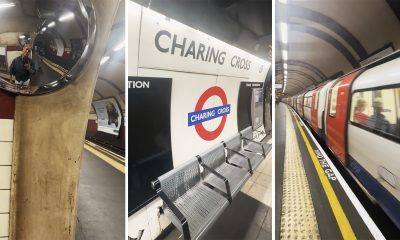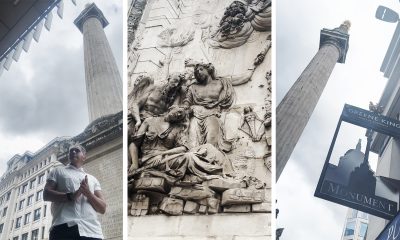Travel
On the road again? Choose the right tires for your ride
If you think it may be time to replace your tires, consider these five expert tips to simplify the process.

Lots of people want to drive, definitely. But not everyone is well-versed with the cars they drive – e.g. many drivers have difficulty selecting the best tire for their vehicle and driving needs. For many, tire selection starts at the size then jumps to what’s in stock or what’s on sale. However, there are many factors to consider when you need new tires for your car, truck or SUV. Buying tires is an investment, so it’s important to make the right decision.
You may be surprised to learn determining the best tire is as much about the driver as it is the vehicle. Choosing the right tire requires considering where you drive, how you drive and what you drive. You can explore these and other factors in the Treadwell tire-buying recommendation tool, which is based on a decade of data and real-world test results.
This tire recommendation tool combines millions of data points from tire safety checks and Discount Tire’s own test track where intensive tests are performed on tires from all major manufacturers, along with the driver’s location, vehicle and driving habits, to generate a selection of personalized tire recommendations from a variety of brands.
With more than 20,000 different models of tires available for the everyday driver, it’s no wonder tire-buying can be a mystifying process. However, tools like this can help drivers make the most informed choice while having access to the same information tire technicians use in-stores alongside their expertise. The result: empowering drivers with information and options tailored to their needs.
If you think it may be time to replace your tires, consider these five expert tips to simplify the process.
Driving Style
The type of driver you are, the kind of ride you want and how long you expect your tires to last are all factors in choosing the right tires. For example, thrill drivers might prefer tires with high levels of grip and responsiveness while those who stick to long road trips are better suited for long-lasting, smooth riding tires.
Weather Conditions
Your location and the weather you regularly encounter when you drive influence the type of tires you need. For example, drivers in the upper Midwest require tires that perform well in extreme cold and winter weather while those in humid climates like the Southeast need tires that perform well in wet conditions.
Budget
Purchasing tires is an investment. Drivers should look at the cost of their tires over time, rather than the cost up front. In the long run, it may be more cost-effective to purchase a higher quality tire based on multiple factors like increased safety, improved handling and ride quality, as well as cost per mile.
Vehicle Specifications
Tire specifications can vary depending on the type of car you own. For electric vehicles and vehicles carrying heavy loads, it’s critical to know how much weight your tires can safely support. Only install tires that meet or exceed the load requirements for your ride.
Wear and Age
Two of the most important considerations when replacing tires are tread depth and tire age.
Your tires’ tread depth directly impacts your vehicle’s ability to stop. Tires are reaching the end of their life at 4/32 inches of tread. However, your tires may be underperforming even if more tread remains, particularly in rain or extreme weather conditions.
When it comes to replacing your tires, you should also consider their age. Because the materials used break down over time, experts recommend replacing tires that are six years or more past the date of manufacture.
Destinations
Checking out Street Halo-Halo Milky Ice
#LGBT checking a #halohalo ‘specialist’ in #Manila to compare it with #Chowking, #Razons, and those from #streetvendors.

Tag-init, for many Filipinos, means finding the perfect halo-halo. You can just grab one from those street vendors; almost always, they’re the best. But for those without access to those off-the-street halo-halo vendors, the next best versions would be those from supposed halo-halo specialists… such as Street Halo-Halo Milky Ice, which – like Icebergs and Razon’s – eyes to be known for giving this Pinoy dessert a twist.
@outragemag #LGBT checking a #halohalo ‘specialist’ in #Manila to compare it with #Chowking, #Razons, and those from #streetvendors ♬ original sound – Outrage Magazine
Kumusta naman ang experience sa Street Halo-Halo Milky Ice?










Una, this biz actually has sit-down venues – e.g. the one we checked in Santa Ana in the City of Manila. But exactly because they have to pay for a dining venue, they don’t just offer halo-halo, but also so-so Mexican food. At least the space isn’t bad naman, and allows you to enjoy your halo-halo away from the humidity outside.
Ikalawa, slight maingay ang staff – e.g. when taking orders from foodpanda, or when chatting with each other. Promise, disturbing siya.
Ikatlo, kumusta ang halo-halo and the Mexican snack? More particularly, we tried the ₱150 ube halo-halo and the ₱200 taco?
- With the halo-halo, the winning element is supposed to be the shaved ice since timplado na, so may additional lasa. However… the shaved ice used here may not be lumpy as the one in Chowking, but it not as smooth as Razon’s either.
- If eating at Razon’s, you know there’s not a lot of sahog. But here, even if you do get more, nothing was memorable.
- Lasa-wise, the halo-halo was quite bland… even with all the sahog and all.
- The three pieces of tacos were so-so, tasting more like some inuman venue’s beef nachos than anything else. Overloaded with fake-tasting cheese, this appears like someone’s false idea of what Mexican food really is.
If, in the past, we craved for halo-halo during summer when the heat becomes intolerable, nowadays, that halo-halo craving is now what’s normal. Climate change is real, for real. So Street Halo-Halo Milky Ice has a captured market na. But if you can find others pa rin… like those selling halo-halo in street corners, try them as well. You’re bound to be pleased more for less the price.
So off we go for more lafang venue search…
Street Halo-Halo Milky Ice is located at 2241 Syquia St., Santa Ana, City of Manila, Metro Manila.
Travel
Steak-hunting in Bulacan? We ended up in Project Steak
Attraction-wise, #Bulacan isn’t on top of tourists’ lists. But food-wise, it – surprisingly – has a handful of worthy offerings. We checked one, a #steakhouse comparable to those in Metro Manila.

Bulacan may be a big province, but tourists will – admittedly – have a harder time looking for places to visit here. Unless you’re into hard-to-reach natural wonders, or churches, churches, and even more churches.
There’s something surprising in Bulacan, though: that is, there are actually a lot of not-bad dining venues there… which was what led us to discovering Project Steak.
How was the place for us?
@outragemag Lost in #Bulacan and looking for okay #food? We checked the #steak #fishandchips of @projectsteakbaliwag in #baliuagbulacan for this #LGBT ♬ original sound – Outrage Magazine
Una, Bulacan is a big province, so if you’re nowhere near Baliuag, you may find this place too hard to go to (particularly if you’re not driving). This is over an hour away from the City of Manila, passing through Obando, Bocaue, Guiguinto, Malolos, Pulilan, et cetera… so yeah, this isn’t the most accessible place to go to.
Ikalawa, the actual resto is actually small; seriously small. Luckily, there are two seating areas, so to speak. The resto itself has an airconditioned room that can only seat a handful; and a non-airconditioned area that it shares with Mimi’s, the café beside it. The airconditioning isn’t that cold naman, so staying outside may make sense particularly for those who are claustrophobic.
Ikatlo, keri naman ang personnel, able to explain what’s on the menu.
Ika-apat, how was the food?
- The Fish and Chips (₱300) was actually good, comparative to those from delis in – say – some suburb in Australia. The fish wasn’t malansa, was properly battered, and was well cooked. The chips – or fries – naman were of good quality, not disintegrating to the touch.
- The Meatballs Tomato (₱250) was so-so; that is, the meatballs tasted nice, but the pasta was just too sweet. Ganito: If you added more pasta, the sweetness of the sauce would still overhwlem.
- The Signature Ribeye Steak (₱550) was a bit small, though not surprising considering the asking price. Ordered MR, it was properly done, with the meat still juicy. You don’t get a lot of accompanying veggies; though the eggs we ordered in place of the potatoes were well done.
- The Surf and Turf (₱650) was basically a Ribeye Steak… with grilled shrimps. For both steaks, if there’s a major comment, it’s the lack of seasoning. Yeah, you can just add salt and pepper; but it tastes different when meat is seasoned before or during cooking since nanunuot ang lasa. The mashed potato was too margarine-y, and so was so-so. The shrimps were good even if they were somewhat small.
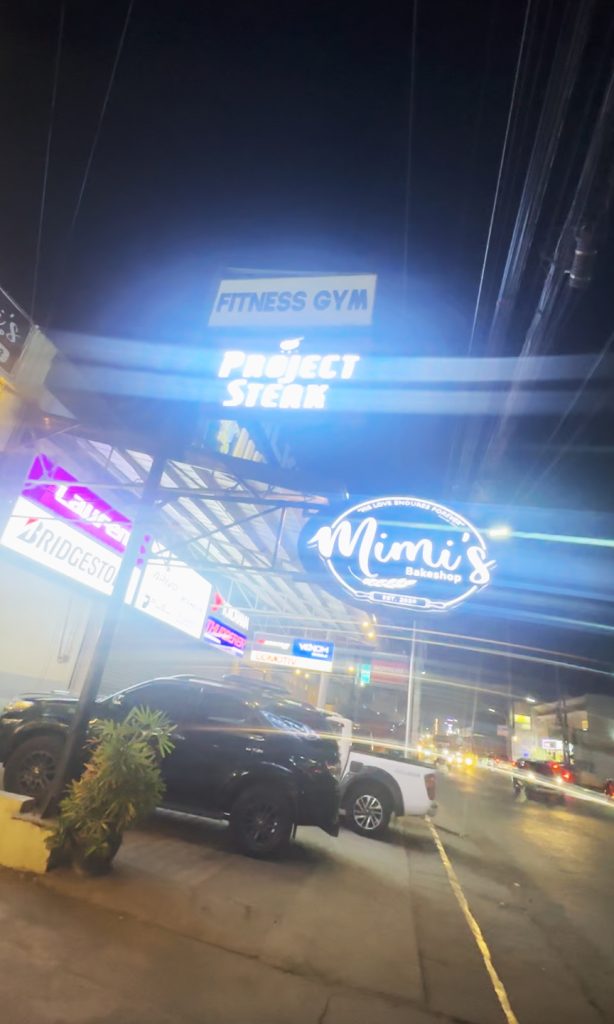
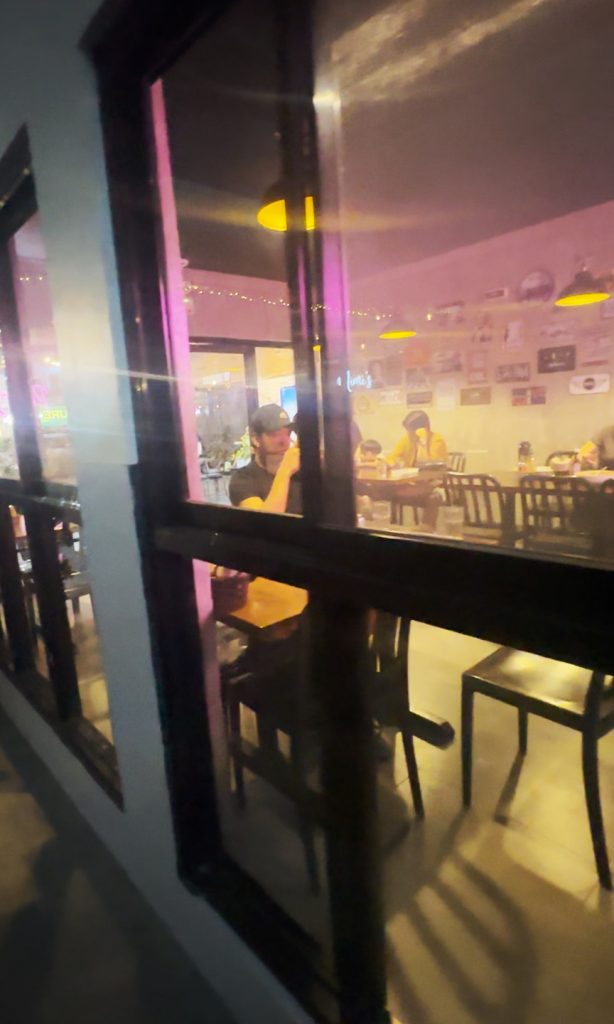
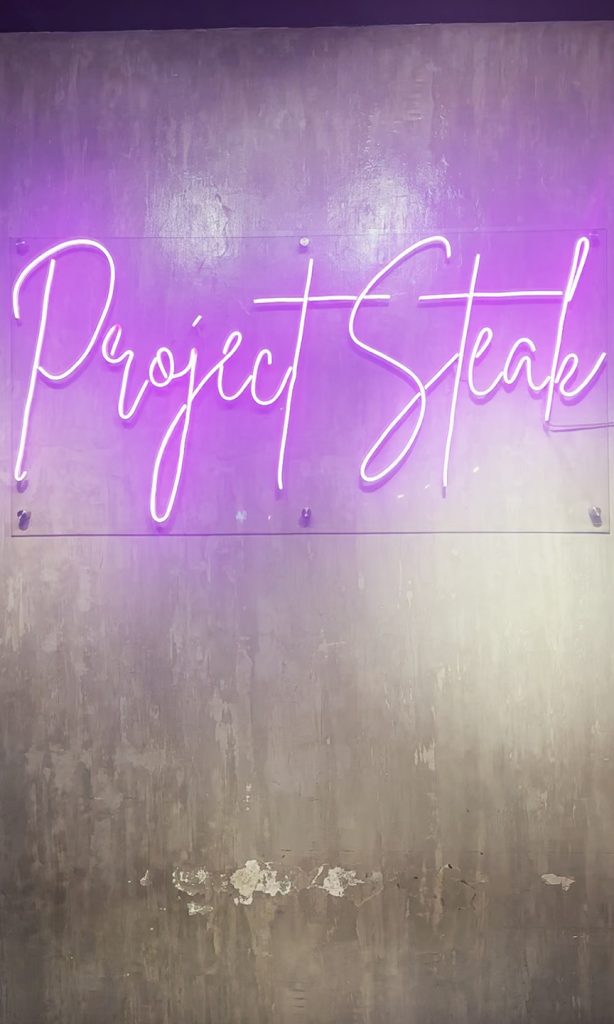



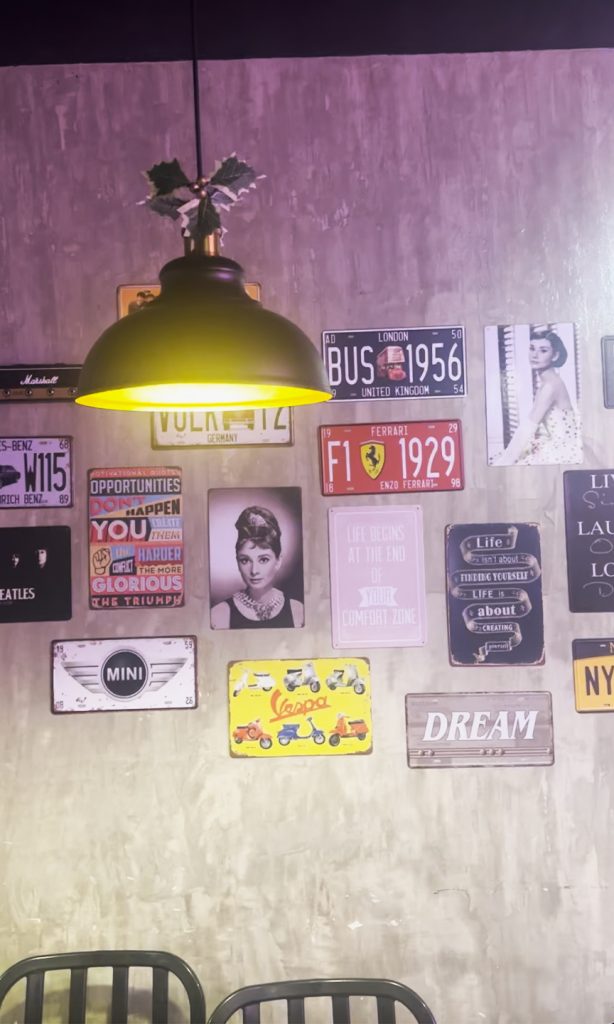
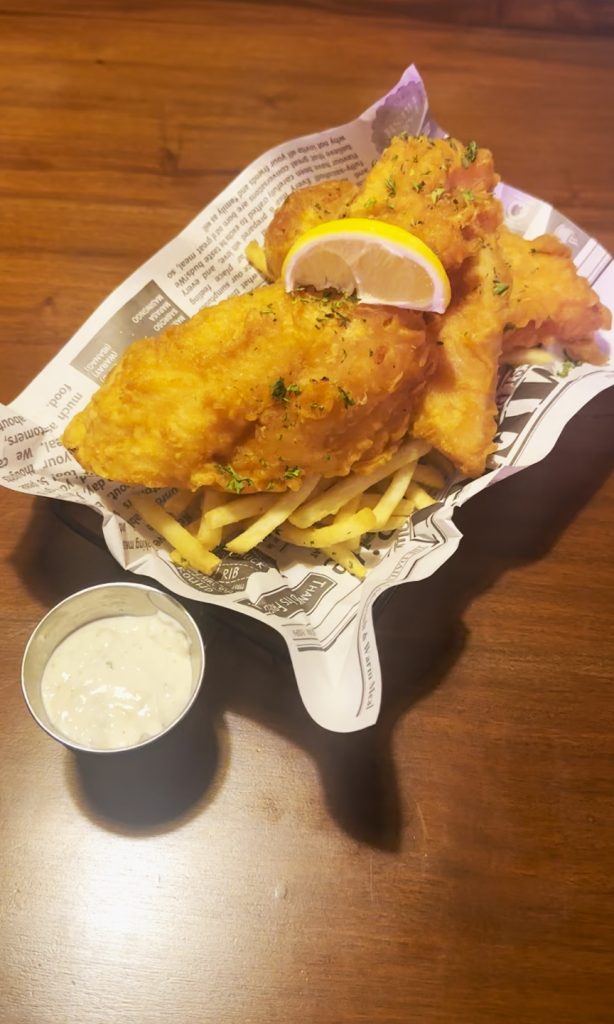



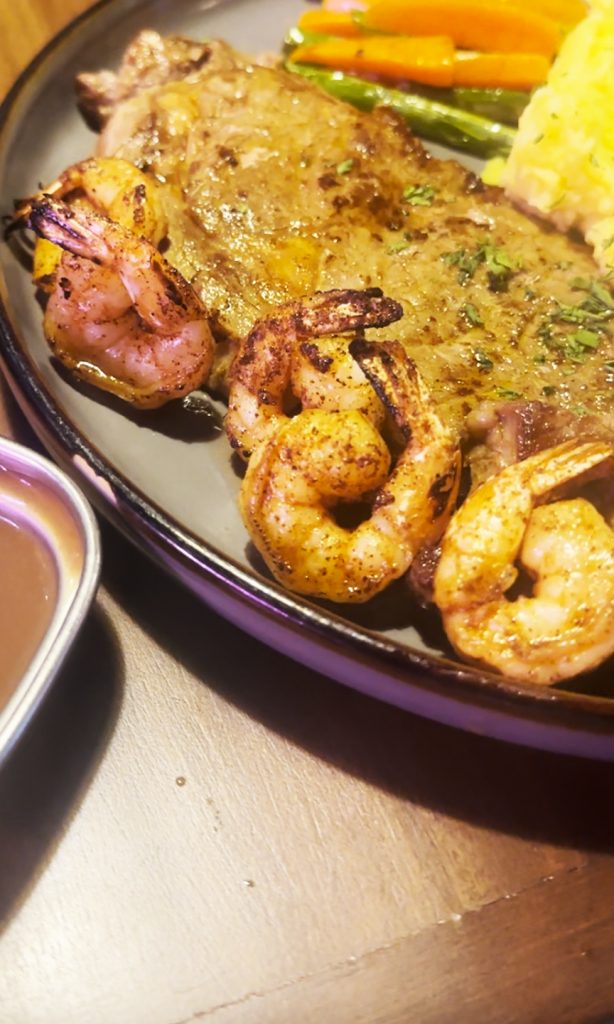



Is it worth to dayo, to target Project Steak? If you’re nearby and are looking for affordable steaks, perhaps. The ambiance is good, the offerings are presented well (check the plating!), and so on. But if it’s too far for you, and if there are other options for the same price wherever you may be, stay there na lang. That way, walang sisi.
Otherwise, join us as we look for more lafang venues.
Project Steak is located along Doña Remedios Trinidad Hwy, Baliuag, Bulacan. For more information, contact 0939 708 7839 or 0923 631 2559.
Travel
Checking the London Underground
UK’s London Underground serves millions every day, an example of a working train system (that we do not have in the Philippines). Sadly, 1 in 5 LGBTQIA+ travelers experience crime while using it, and 65% did not merit support from bystanders.
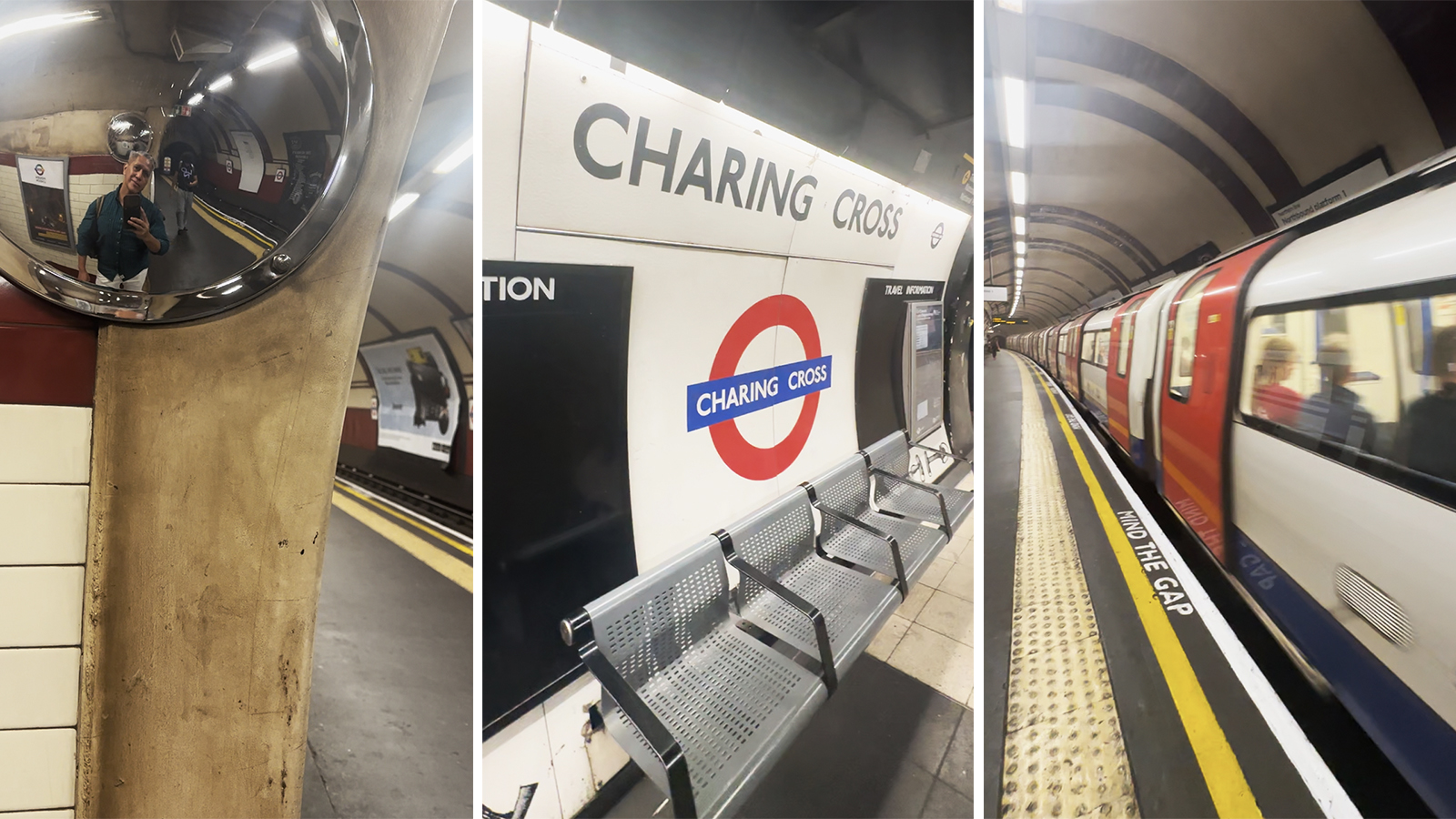
One way for Filipinos who are able to travel overseas can tell how bad our public transport system is, is by comparing the trains. We were invaded by White people in 1521, but – even now – we still only have three train lines.
@outragemag Check #LondonUnderground #trains in #London, aware it could be unsafe for #LGBT ♬ original sound – Outrage Magazine
UK, as an example, has the London Underground. Managed by Transport for London, this started in 1863 as the world’s first underground passenger railway. It now has 11 lines with 250 miles (400 kilometers) of track, with its 272 stations serving around five million passengers every day.
This isn’t a perfect system. Obviously, this is London-centric. It only serves the Greater London area, and some parts of the adjacent counties of Buckinghamshire, Essex and Hertfordshire in England. This is like saying na wala ngang LRT or MRT sa Bulacan o Cavite o Antipolo eh, and this lack highlights the exclusion of those also in need of proper public transport.
Looking at London’s train system through the LGBTQIA+ lens is actually disheartening… particularly if we talk not only about possibly meeting booking while riding trains. In 2023, London TravelWatch released a report that revealed that when LGBTQIA+ people used public transport:
- One in five (21%) experienced hate crime in the past year while travelling on public transport in London
- Four in five (82%) respondents changed their behavior or appearance to ‘fit in’ so they avoid abuse or harassment when travelling
- 65% of those who experienced abuse or harm when travelling in London said bystanders witnessed the incident but did not intervene
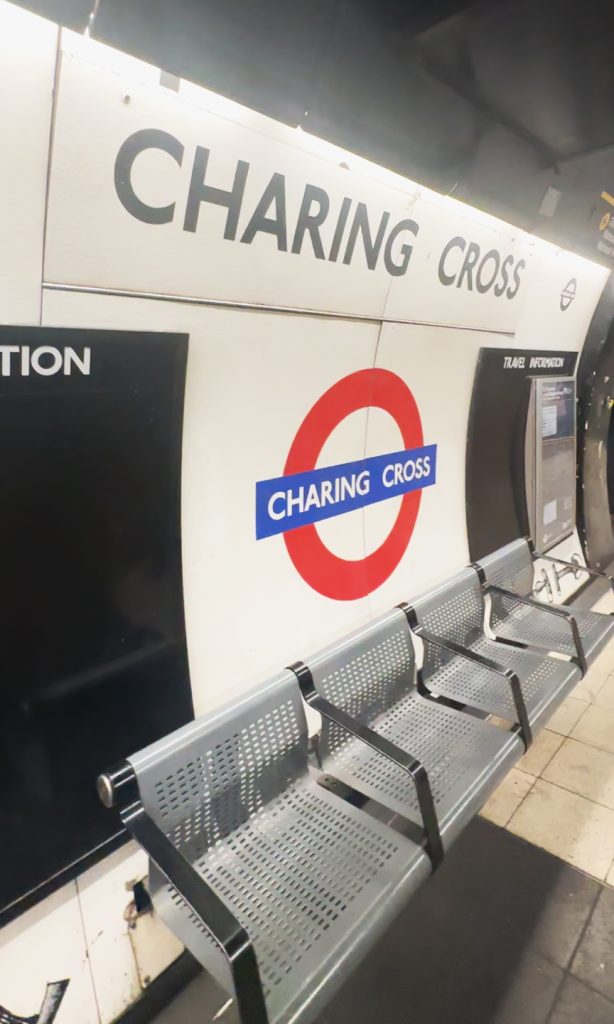
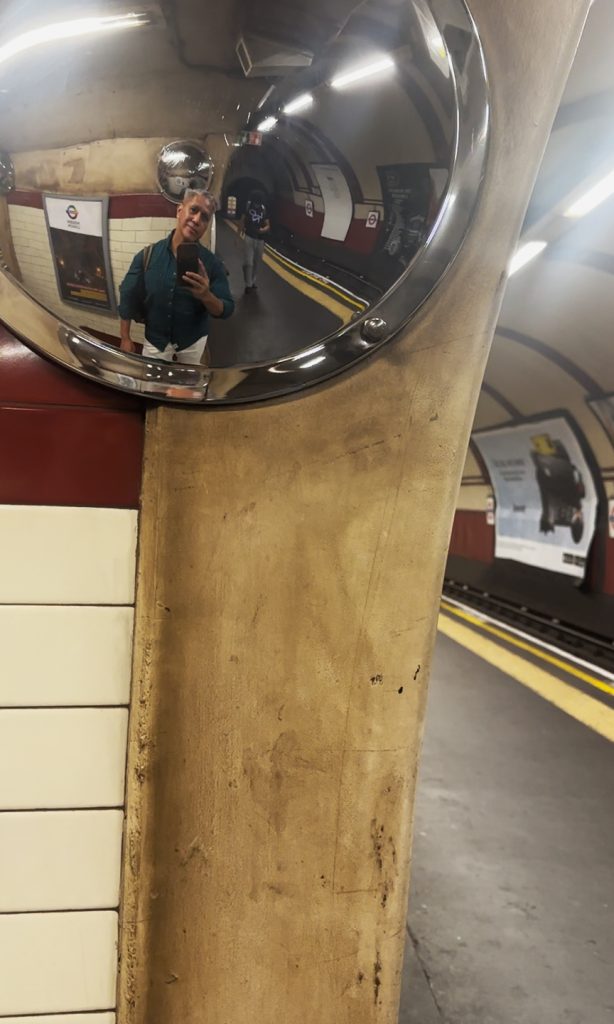
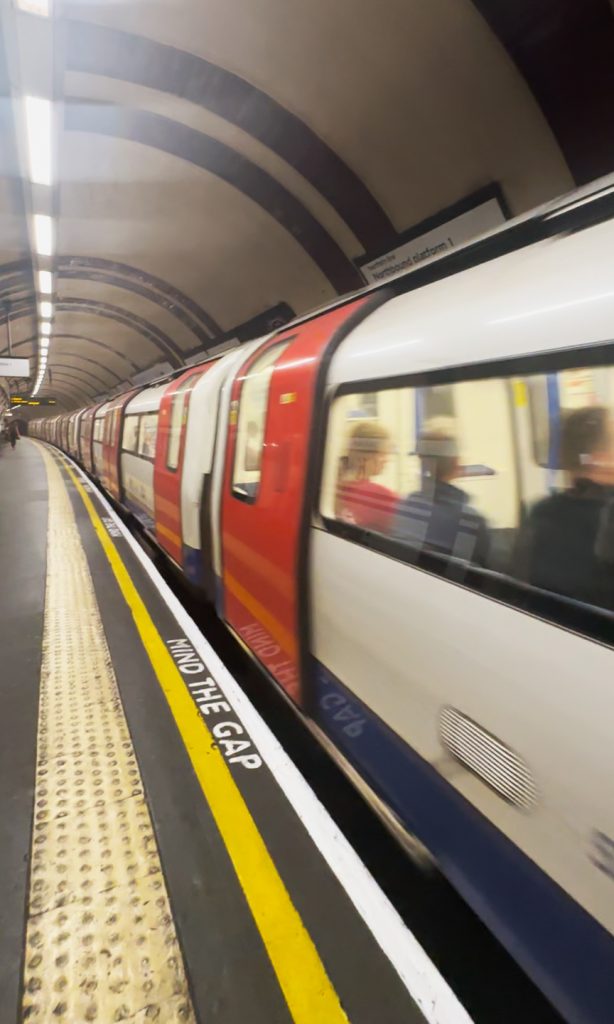
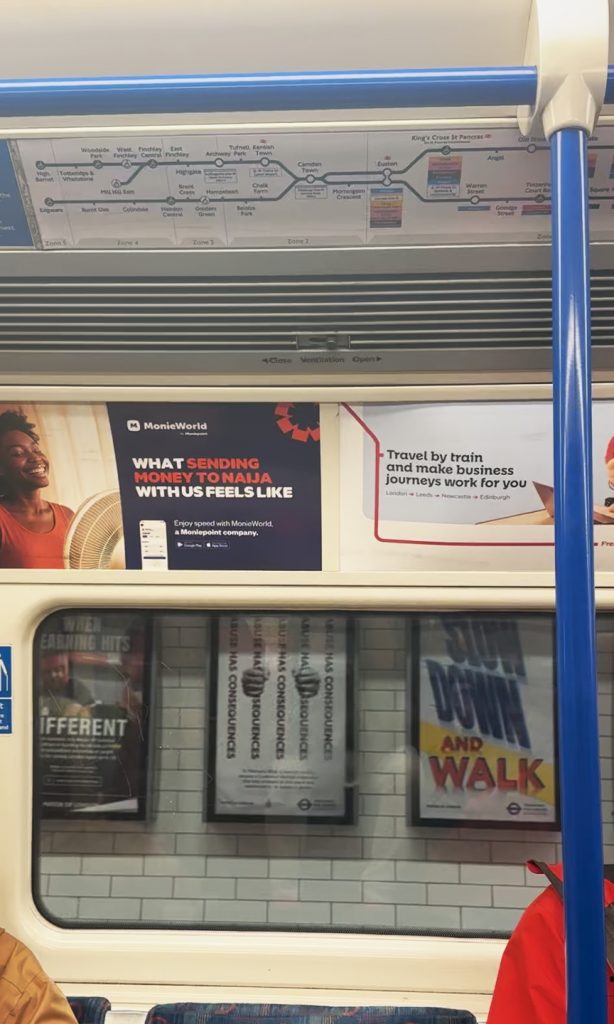
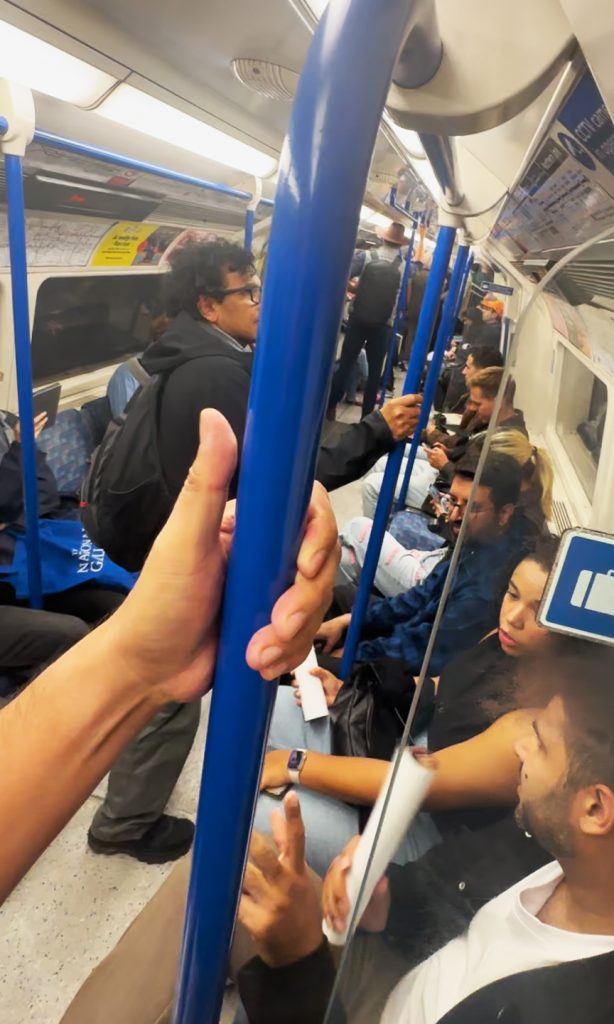
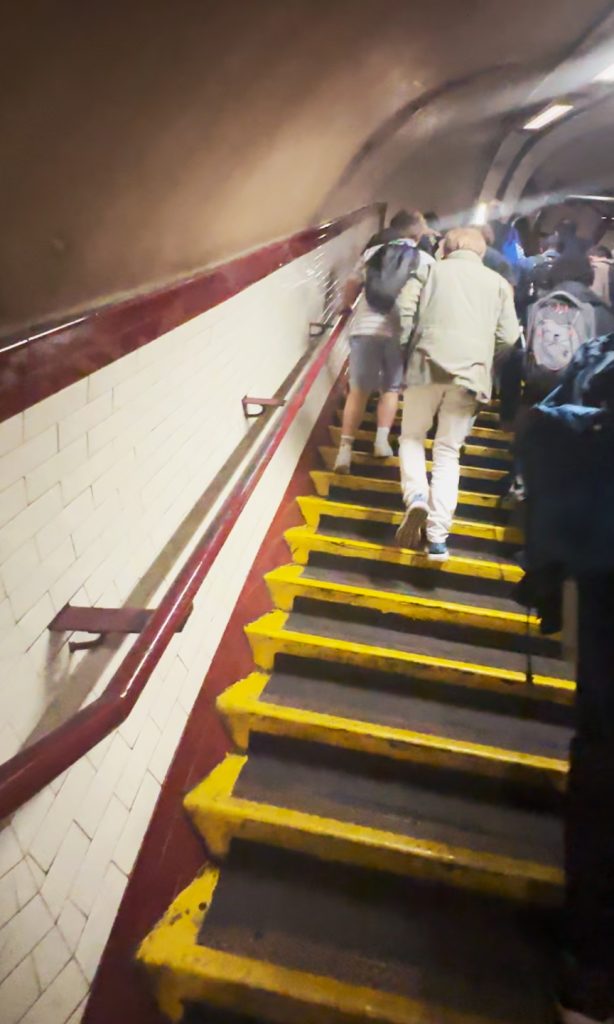
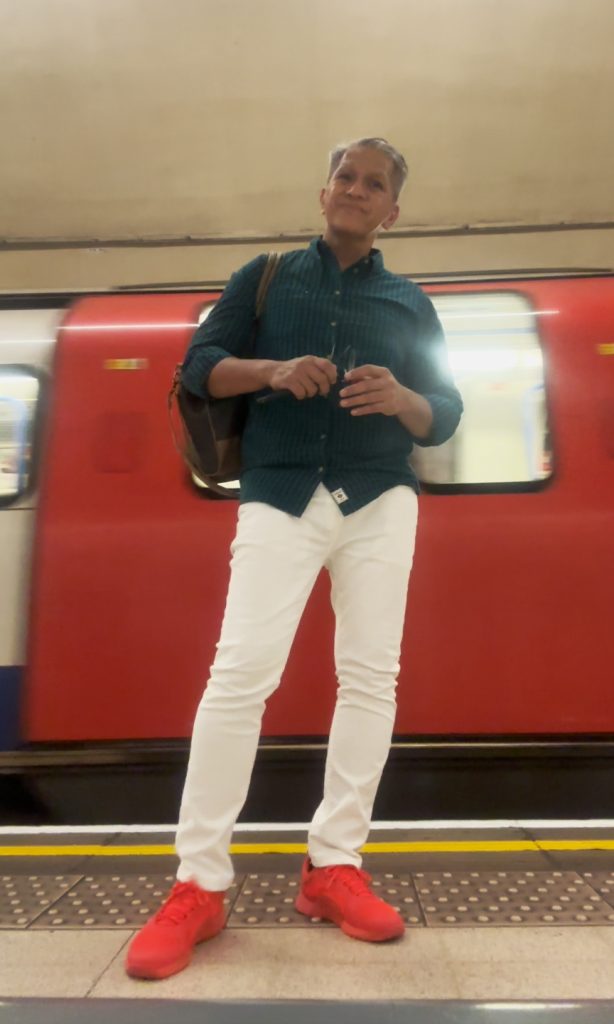
Lesson learned lang din: that even in spaces that better people’s lives, like a working train system, there are minority sectors that could be disadvantaged. And so this must always be considered to make sure all spaces are truly inclusive.
But off we go for more LGBTQIA+ rampa…
-

 Product Showcase3 weeks ago
Product Showcase3 weeks agoManulife Philippines ‘Time to MOVE’ symposium focuses on health and longevity
-

 NewsMakers1 week ago
NewsMakers1 week agoMillennials and Gen Zs prioritize health, purpose, financial independence, but health and wellness gaps persist
-

 Product Showcase1 week ago
Product Showcase1 week agoAIA Philippines CEO named Executive Champion of the Year in Asia
-

 Travel4 weeks ago
Travel4 weeks agoSteak-hunting in Bulacan? We ended up in Project Steak
-

 Destinations2 weeks ago
Destinations2 weeks agoChecking religious expression at Montemaria in Batangas
-

 Product Showcase1 week ago
Product Showcase1 week agoKorean brand Wells showcases 23 years of engineering innovation
-

 Destinations3 weeks ago
Destinations3 weeks agoBeach-hunting led to Malabrigo Beach
-

 Destinations3 days ago
Destinations3 days agoChecking out Street Halo-Halo Milky Ice


